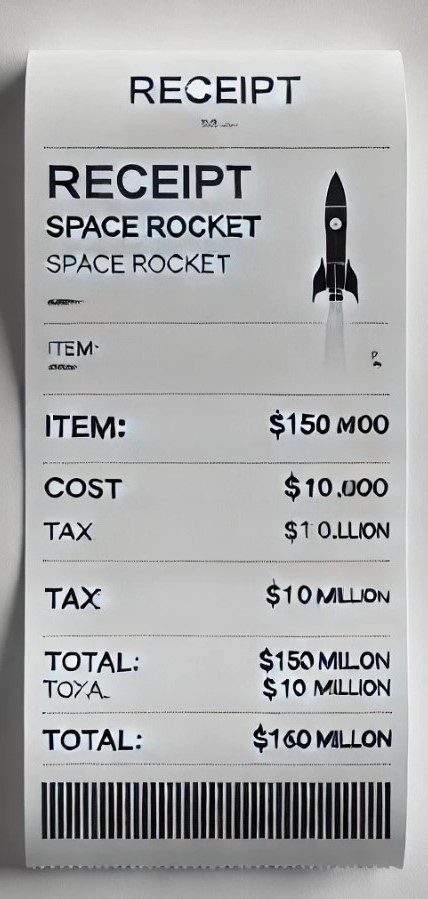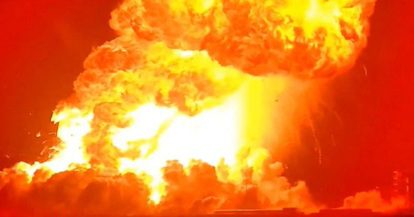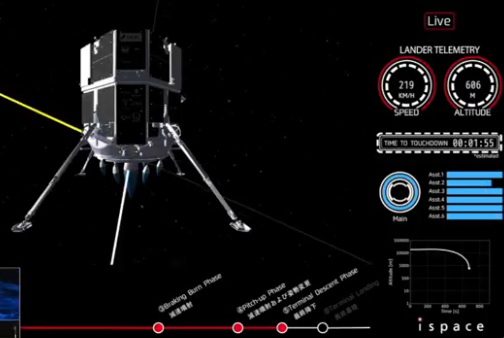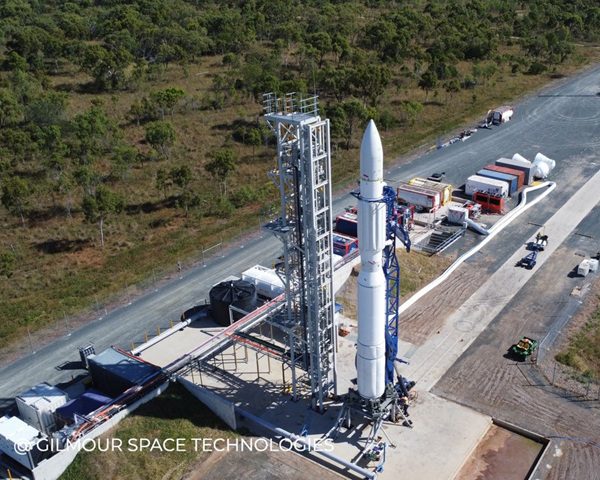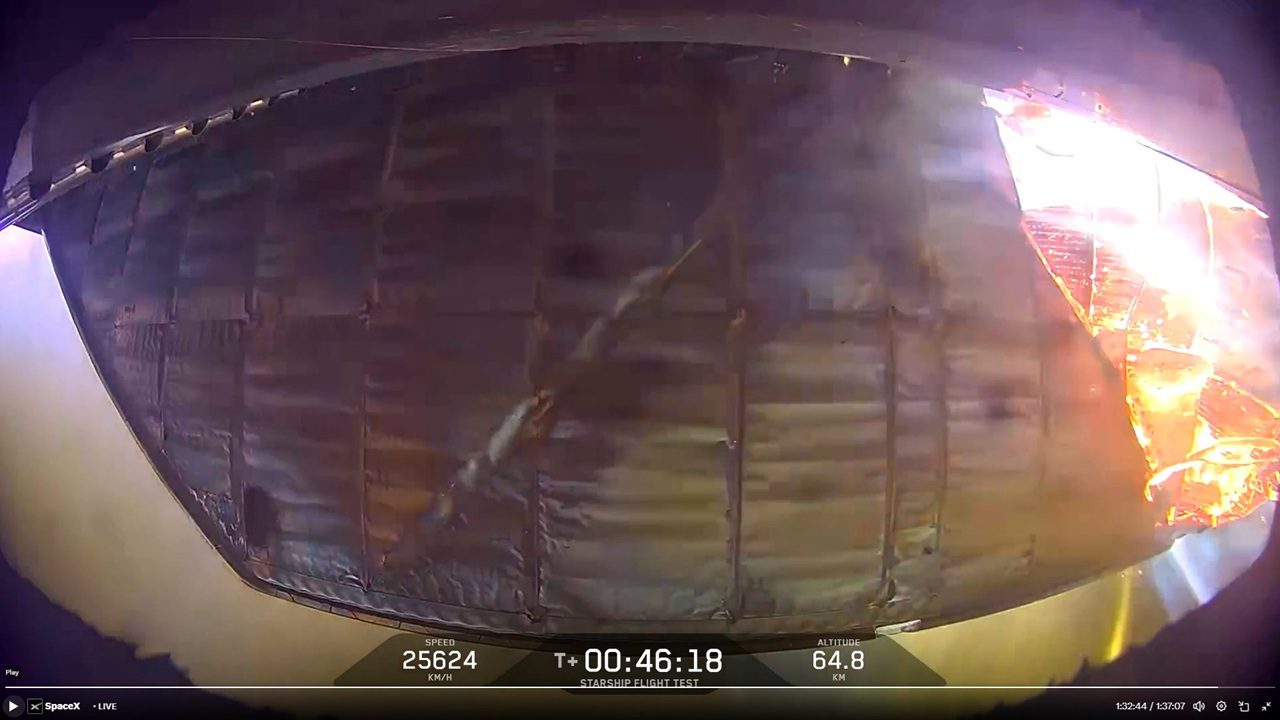This image released today by the European Space Agency shows adeployment test of the solar wings on the latest Galileo navigation satellitebeing carried out ESA’s technical hub in the Netherlands. The 1 x 5 m solarwings carry more than 2,500 state-of-the-art gallium arsenide solar cells topower the satellite during its 12-year working life.
A counterweighted rig supports the deployment, otherwise thedelicate fold-out wings – designed for the weightlessness of space – wouldcrumple under the pull of Earth gravity.
With the first four Galileo “In-Orbit Validation”satellites already in orbit, this is the first of the rest of Europe’s satnavconstellation, which will eventually number 27 spacecraft and three orbitingspares. These 22 satellites will be launched from Kourou over the next fewyears.
ESA is pushing hard to orbit18 satellites by the end of 2014 for a functional service, and 26 satellites bythe end of 2015 for near-global coverage. The full constellation of should bedeployed by 2019.
“Full Operational Capability” satellites like this oneare being built by OHB in Bremen, Germany, with navigation payloads supplied bySurrey Satellites in England.
Says Jean-Claude Chiarini, who is overseeing procurement forESA: “These 22 Galileo FOC satellites are being produced and tested on abatch production basis, which is a new way of working for ESA.
“The concept is really to set up a steady flow of satellitesfrom OHB to ESTEC and then Kourou for launch over the next few years.
“The first four will undergo full validation testing, checkingthe underlying design is correct, in order to support the formal groundqualification of the design, with subsequent FOC satellites then going throughacceptance testing, concentrating on checking workmanship.”
The FOC satellites resembling their IOV predecessors but aredesigned with this production concept in mind. Hinged modules offer easy accessto internal subsystems for rapid repair or potential replacement of units.
The next satellite is due to arrive around the start of August.The battery of simulations includes vibration and acoustic testing, as well asthermal-vacuum testing – submitting them to the airlessness and temperatureextremes of space for weeks at a time.

